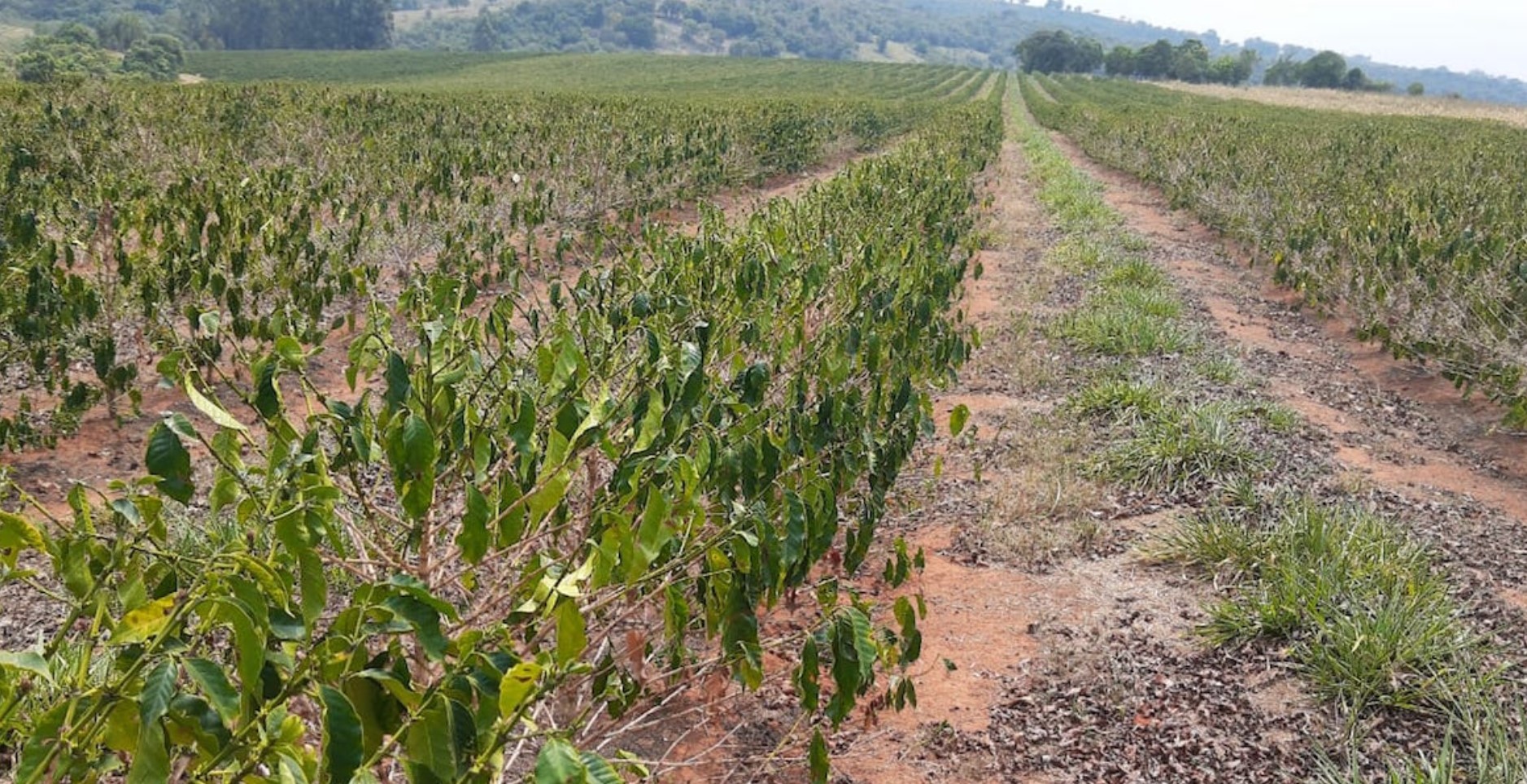Coffee, the world’s most beloved beverage, is under threat due to the adverse effects of climate change. As temperatures rise, extreme weather events become more frequent, and precipitation patterns shift, coffee production faces unprecedented challenges. In this article, we delve deep into the impact of climate change on coffee production, exploring the threats it poses and presenting innovative solutions to safeguard the future of this cherished industry.
The Impact of Climate Change on Coffee Production: Threats and Challenges
- Rising Temperatures: A Warming Brew
- Climate change has led to a steady rise in global temperatures, profoundly affecting coffee cultivation. Coffee plants thrive within a specific temperature range, making them sensitive to even slight variations. The rising temperatures cause changes in the coffee plant’s phenology, affecting flowering, fruiting, and ripening processes, leading to a reduction in crop yield and quality.
- Changing Precipitation Patterns: Droughts and Floods
- Alterations in precipitation patterns pose significant challenges to coffee production. Droughts become more frequent in some regions, leaving coffee plants parched and vulnerable to disease and pests. Conversely, other areas experience intense rainfall and flooding, leading to soil erosion, landslides, and crop loss.
- Increased Pests and Diseases: A Bitter Infestation
- Climate change facilitates the expansion of pests and diseases to new regions, threatening coffee crops that were once unaffected. Pests like the coffee borer beetle and diseases like coffee leaf rust wreak havoc on coffee plants, reducing productivity and increasing production costs for farmers.
- Loss of Suitable Growing Regions: Climate Migration
- As temperatures rise, the suitable regions for coffee cultivation shift to higher altitudes. This phenomenon forces farmers to either move their coffee plantations to new areas or face diminishing yields. Climate migration disrupts traditional coffee-growing practices and may lead to the abandonment of some areas altogether.
- Impact on Coffee Quality: Bitter Tasting Future?
- Climate change-induced stress on coffee plants can adversely affect the beans’ quality and flavor. Higher temperatures may lead to faster maturation, resulting in uneven ripening and inconsistent taste. The changing climate alters the chemical composition of coffee beans, potentially diminishing the unique characteristics that coffee enthusiasts cherish.
Adapting to Climate Change: Solutions for Coffee Producers
As climate change continues to impact coffee production, coffee producers must adopt innovative and sustainable solutions to mitigate its effects. Here are some effective strategies that can help coffee producers adapt to the challenges posed by climate change:
| Climate-Resilient Varieties | Sustainable Farming Practices | Precision Agriculture |
| Developing new coffee varieties that are more resilient to temperature fluctuations, pests, and diseases. These climate-resistant breeds can withstand adverse conditions and maintain productivity. | Implementing sustainable farming practices, such as shade-grown coffee, organic farming, and water conservation. These practices not only reduce the environmental impact but also promote long-term sustainability. | Utilizing advanced technologies like satellite imaging, drones, and data analytics to optimize resource management and monitor plant health. Precision agriculture enables coffee producers to adapt to changing environmental conditions. |
| Withstanding higher temperatures and erratic weather patterns, reducing the risk of crop failure. | Promoting biodiversity and protecting the ecosystem while minimizing the carbon footprint. | Enhancing productivity and resource efficiency by precisely managing irrigation and fertilization. |
| Resisting pests and diseases, reducing the need for chemical interventions. | Preserving soil health and reducing soil erosion, ensuring long-term soil fertility. | Providing valuable insights to farmers for better decision-making and adaptation to climate-related challenges. |
| Maintaining coffee quality and flavor even under changing climatic conditions. | Improving water use efficiency, especially in regions prone to droughts. | Optimizing production practices for sustainable and climate-resilient coffee cultivation. |
| Supporting farmers in adapting to new environmental conditions and ensuring a stable supply of coffee beans. | Reducing the environmental impact of coffee production and fostering ecosystem resilience. | Minimizing resource wastage and reducing production costs for coffee producers. |
These strategies, combined with a collaborative approach involving stakeholders, governments, NGOs, and consumers, can help ensure a sustainable future for coffee production in the face of climate change. By embracing innovative techniques and responsible practices, coffee producers can not only safeguard their livelihoods but also contribute to a more sustainable and resilient coffee industry for generations to come.
FAQs
- What are the primary threats of climate change to coffee production?
Climate change threatens coffee production through rising temperatures, changing precipitation patterns, increased pests and diseases, and the loss of suitable growing regions.
- How can coffee farmers adapt to climate change?
Coffee farmers can adapt to climate change by developing climate-resilient varieties, adopting sustainable farming practices, embracing precision agriculture, diversifying income streams, participating in carbon offsetting, and collaborating with stakeholders.
- What is precision agriculture, and how does it help coffee producers?
Precision agriculture utilizes advanced technologies to provide precise information about coffee farms, enabling optimal resource management, improved productivity, and better adaptation to changing climate conditions.
- How can consumers support climate-resilient coffee production?
Consumers can support climate-resilient coffee production by choosing certified sustainable and shade-grown coffee, supporting fair trade initiatives, and advocating for climate-friendly practices in the coffee industry.
- What is agroforestry, and how does it benefit coffee cultivation?
Agroforestry involves integrating trees or other crops with coffee cultivation. This practice enhances biodiversity, improves soil health, and provides additional income sources for coffee farmers.
- How can the coffee industry contribute to climate change mitigation?
The coffee industry can contribute to climate change mitigation by reducing greenhouse gas emissions, promoting reforestation efforts, investing in renewable energy, and supporting sustainable practices throughout the supply chain.
Climate change poses significant threats to coffee production, affecting farmers, consumers, and the entire coffee industry. However, with innovative solutions, collaborative efforts, and conscious consumer choices, we can build a sustainable future for coffee cultivation. By safeguarding this cherished beverage, we ensure that future generations continue to enjoy the aroma and taste of their favorite cup of coffee.

